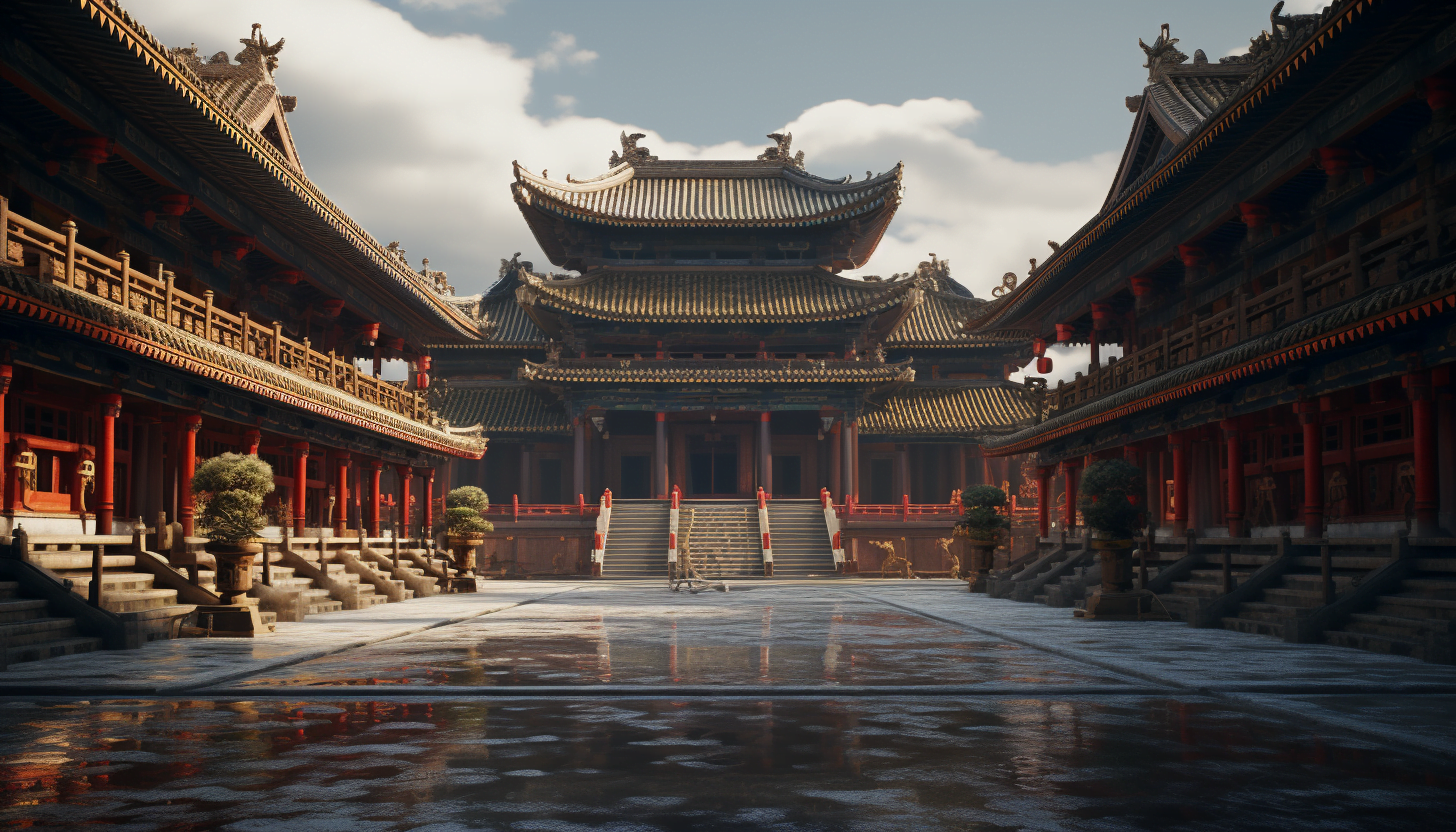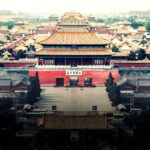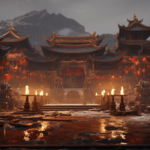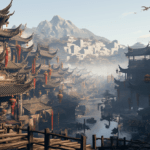The Han Dynasty, one of the most prominent dynasties in Chinese history, not only left a lasting impact on politics, economy, and society but also showcased its unparalleled artistic prowess through various forms of art. This article delves into the mesmerizing world of Han Dynasty art restoration, shedding light on the cultural significance, burial goods, architectural marvels, and the role played by the McClung Museum of Natural History & Culture in preserving this rich heritage.
Han Dynasty Culture: A Glimpse into Ancient Chinese Civilization
The Han Dynasty, spanning from 206 BCE to 220 CE, witnessed a flourishing of culture and art. The article explores the core aspects of Han Dynasty culture, including their social structure, beliefs, and aesthetic sensibilities. This insight into their overall culture sets the stage for understanding the significance of art in Han Dynasty society.
Burial Goods of the Han Dynasty: Art Beyond the Grave
The burial practices of the Han Dynasty reveal a profound connection between art and the afterlife. Elaborate tombs and burial goods not only served practical purposes but also showcased the artistic mastery of the era. This section uncovers the exquisite craftsmanship displayed in burial goods, such as jade artifacts, bronze vessels, and delicate figurines, emphasizing the importance of art in Han rituals.
Architecture of the Han Dynasty: A Fusion of Functionality and Aesthetics
The Han Dynasty’s architectural marvels provide a window into their artistic heritage. From palaces and temples to ancestral halls and watchtowers, these structures not only exemplify the ingenuity of Han engineers but also serve as artistic masterpieces. By highlighting the intricate designs, decorative elements, and symbolic motifs present in Han architecture, this section showcases how art breathed life into the very foundations of their society.
Han Dynasty Art Unveiled: The McClung Museum of Natural History & Culture
The McClung Museum of Natural History & Culture stands as a testament to the significance of Han Dynasty art restoration in contemporary society. The article explores the museum’s dedicated exhibition, which delves into the cultural artifacts, antique treasures, and artistic gems of the Han Dynasty. Through detailed preservation efforts, this museum showcases the beauty and grandeur of Han art, leaving visitors captivated and inspired.
Han Dynasty Art in Asia: A Tapestry of Cultural Exchange
The broader realm of Asian art embodies the diversity and interconnectedness of Han Dynasty art with other artistic traditions. By exploring the influence of Han Dynasty art on neighboring regions and vice versa, this section highlights the dynamic relationship between art and cultural exchange. By drawing parallels between Han art and the broader Asian artistic landscape, readers gain a deeper understanding of the significance of this artistic heritage.
The Rise and Fall of the Han Dynasty
[youtube v=”FwEkp4I75OA”]
The Han Dynasty was a prosperous period in ancient China that brought about the first true imperial power in the region. However, this golden age eventually came to a devastating end, leaving behind the ruins and ashes of a once-thriving civilization. In this episode, we will explore the key factors that led to the rise and fall of the Han Dynasty and the impact it had on the people living in that era.
The Impact of Warring States
During the early years of the third century, China was in turmoil. Rival warlords were tearing the country apart, causing chaos and destruction. Luoyang, once a prosperous city and the capital of China during the golden age of the emperors, had become a blackened ruin. Ts’ao Chih, a poet who witnessed the devastation, returned to his hometown only to find it destroyed and in ruins.
The Golden Age of the Han Dynasty
The Han Dynasty was the first lasting dynasty to unite China under one banner. It brought a period of prosperity that lasted for over 400 years. The emperor’s rule was strong, and people believed that this golden age would never end. Palaces, grand temples, and bustling streets were a testament to the thriving civilization.
The Devastating End
Despite the optimism of the people, the Han Dynasty eventually came to a devastating end. The once-prosperous city of Luoyang burned, leaving behind nothing but ashes and ruins. Ts’ao Chih, walking among the devastation, wondered how the first great age of Imperial China had reached such a tragic ending. The people of Luoyang had failed to protect their city, and the future of the golden age seemed uncertain.
The Impact on the People
Walking through the ruins, Ts’ao Chih pondered the fate of the people who had once inhabited those grand palaces and bustling streets. The loss was not just physical but also emotional, as memories of the golden age resurfaced amidst the soot-stained stones. The devastation left the people mourning the loss of their way of life and questioning whether the golden age would ever return. The fall of the Han Dynasty had a profound impact on the lives of the people who witnessed it.
The Han Dynasty, once a symbol of power and prosperity, met its tragic end with the burning of Luoyang. The devastation left behind reminded the people of the fleeting nature of empires and the unpredictability of the future. The rise and fall of the Han Dynasty serve as a reminder that even the mightiest civilizations are subject to the forces of history.
Conclusion:
In conclusion, the art of the Han Dynasty stands as a testament to the cultural richness and creativity of ancient China. Through the exploration of Han Dynasty culture, burial goods, architecture, and significant contributions from institutions like the McClung Museum, the magnificence of Han Dynasty art and the need for its restoration become evident. By preserving and restoring these cultural artifacts, we can ensure that future generations continue to marvel at the artistic legacy of the Han Dynasty.
- Mastering Leader in Spanish: The Complete Guide - April 19, 2025
- Uncovering Surprising Parallels: England Size Compared to US States - April 19, 2025
- Old Mexico Map: Border Shifts 1821-1857 - April 19, 2025
















